General Atomics Aeronautical Systems has successfully completed a simulated autonomous shoot-down during a multi-aircraft test involving both live and virtual elements, marking a significant milestone in unmanned combat air vehicle development.
The test, conducted on 11 June 2025, involved a company-owned MQ-20 Avenger unmanned jet equipped with government reference autonomy software. According to General Atomics, the exercise demonstrated the Avenger’s ability to operate autonomously in a complex, mixed environment—performing tasks such as mid-air station keeping, patrolling a simulated combat zone, and intercepting live targets.
In the course of the event, the MQ-20 made its own engagement decisions and successfully executed a simulated missile launch against two live aircraft. This “live-on-live” engagement highlighted what General Atomics described as the current maturity of autonomous combat capabilities for Group 5 unmanned aerial vehicles.
Another critical element of the demonstration was the in-flight switch between software packages. After completing one mission segment using the government-provided autonomy suite, the aircraft transitioned mid-flight to Shield AI’s Hivemind software. This transition was accomplished without any degradation in performance or stability, reinforcing the value of open architecture systems.
General Atomics emphasised that the test reflects the company’s broader philosophy of enabling hardware to remain agnostic to software origin. “Being able to rapidly integrate and test autonomy elements from multiple vendors helps ensure the most effective capabilities are available to the warfighter, regardless of origin,” said Michael Atwood, Vice President of Advanced Programs at General Atomics.
The exercise forms part of a wider push towards a modular, flexible autonomy model that allows governments to select and integrate capabilities from a diverse vendor base—similar to an “app store” approach. This avoids vendor lock-in and facilitates faster updates and innovation cycles, aligning military autonomy development with commercial software practices.
General Atomics has now completed a series of such interoperability and integration trials as it continues to refine its suite of long-endurance, multi-mission unmanned systems. The MQ-20 Avenger, a jet-powered platform capable of high-speed operations and complex mission profiles, has become a testbed for the next generation of autonomous combat capabilities.


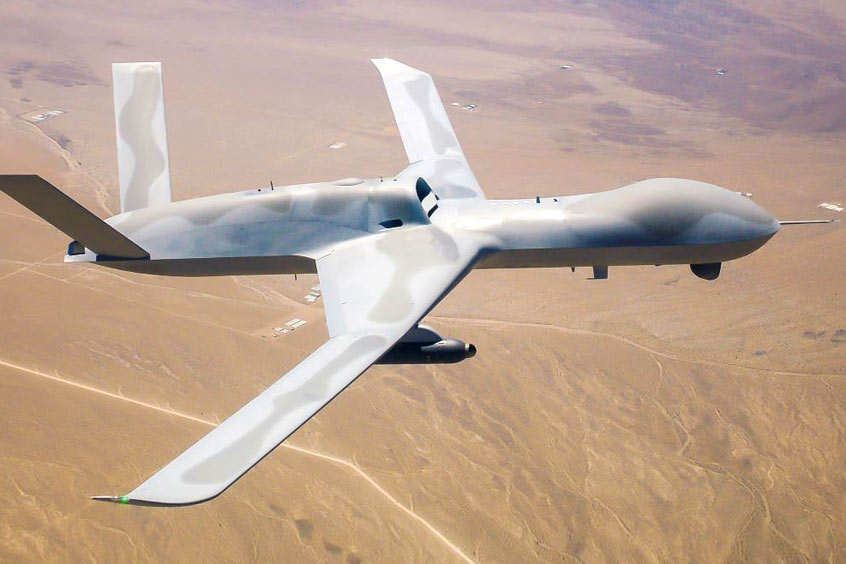
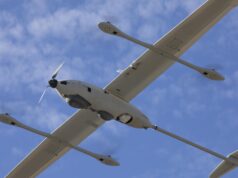

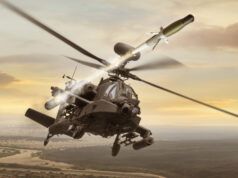
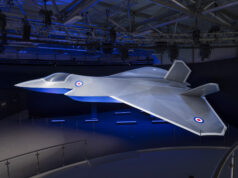

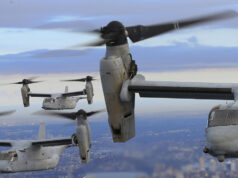


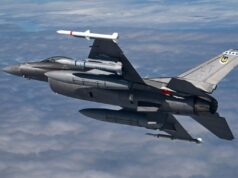


Need to decide. Either we build our own which might be better in the long run or we order some of these. Maybe both.
Some of these what? It’s a text bed for software development so are you saying we need a testbed of this nature or are you suggesting we buy this hardware platform to test uk software or for some other purpose altogether? You can bet the software certainly at this stage is available to buy which very probably leaves a hardware platform that we can get QuinetQ or Bae to produce in some form or other. Indeed Taranis was doing such tests for Bae autonomous flight software and with Tempest on the horizon one presumes.they are not standing still with the enemy engagement side of things. Just we are not in the loop.
The thrust of my argument is for developing our own kit & software whilst not eliminating the opportunity to develop stuff with other nations (assuming that option exists).
Do we really want machines to decide on their own to kill Humans? Sorry but that is a step to far and together with the uncontrolled use of AI a certain Sci Fi tale comes to mind. I’m very much against a machine having that capability and there should ALWAYS be a human in the loop that gives the final decision on taking life. Machines are meant to complement and assist us in our endeavours which would be a great benefit but certainly not be permitted to do their own thing without control.
Yes and no.
I agree with the principle of what you’re saying but, using the example of a loyal wingman drone, the pilot in the manned aircraft can’t direct its every action.
I’d see this as more, issuing general instructions to the drone e.g. “target enemy aircraft and protect the controlling aircraft” and them being able to do so, following those instructions but not necessarily needing step by step explicit instructions for every action.
Well a loyal wingman is one thing as there is a Human in the loop but ‘autonomous’ does mean independent and there for would make the decision itself to make the kill. Sorry that is not acceptable as no human would be responsible for its actions. What was once Sci Fi is quickly coming to reality and there is NO agreed international safeguides to protect us from those that are simply after profit and dominance. We must impose limits sooner rather than later.
What about semi-autonomous?
It can independently target, say, incoming enemy aircraft or GBAD, but needs to be given permission to go “weapons-free” beforehand?
That’s how I saw it, even for a loyal wingman; the human pilot of, say, a Tempest, gives a general command e.g. “attack X target” or “engage enemy aircraft” and then the aircraft do it, but don’t require explicit instructions for every action.
However Steve that is NOT what is meant by this, its fully on its own without any human interaction at all. This machine will once ordered into the air will do what is needs to meet its primary instruction and thus it will kill what it considers as a threat to it or what its meant to protect.
Of course semi-autonomous will only do as its told to so the human will always be responsible for the action and have control of it.
We will see what the future brings in this fast moving World. We are certainly not safer in the modern World with the misuse of modern tech.
While I’m very happy that counterfactual simulations indicate that autonomy elements from multiple vendors can be used with this essential enabling hub in a complex operational environment I suppose I could say something about the moral implications of an
AI-directed weapon killing humans, but that would just be me being silly and old fashioned. After all, in the run up to the Hague Convention of 1899 it was suggested that “the prohibition of the discharge of any kind of projectile or explosive from balloons or by similar means” be adopted by all parties. Far be it from me to stand in the way of progress!